Single-phase motors are widely used in many applications such as in homes, shops, offices, and small businesses. Though they are quite reliable, like any other electrical device, they can sometimes stop working. To determine what is causing the problem, it is best to test the motor with a multimeter. This article will explain, how to test a single-phase motor with a multimeter:
What is a Single Phase Motor?
A single-phase motor is an electric motor that runs on single-phase power. This type of motor is not as common as three-phase motors, but they are still used in some applications. Single-phase motors are typically used in small appliances and tools, such as drills, saws, and sanders.
Single phase motors have two main parts: the stator and the rotor. The stator is the stationary part of the motor that houses the windings. The rotor is the rotating part of the motor that contains the magnets.
When single phase power is applied to the stator windings, a magnetic field is created. This magnetic field interacts with the magnets in the rotor, causing the rotor to turn. The speed at which the rotor turns is determined by the frequency of the single phase power.
Single phase motors are not as efficient as three-phase motors, but they are typically less expensive. They also have the advantage of being able to start and stop more quickly than three phase motors.
How to Test Single Phase Motor with a multimeter?
- If you want to test your single-phase motor with a multimeter, you will need to follow these steps:
- Firstly, disconnect the power supply to the motor.
- Secondly, using your multimeter, set it to the Ohms function and measure the resistance between the two leads of the motor.
- Thirdly, if the resistance is within the range specified in the manual, then the motor is fine. However, if the resistance is outside of this range, then there may be a problem with the motor.
- Fourthly, once you have checked the resistance, you can then connect the power supply back to the motor and turn it on. If the motor does not start, then there may be a problem with the motor.
- Finally, if the motor does start, but is running very slowly or making strange noises, then there may be a problem with the motor. In this case, you should contact a qualified engineer to diagnose and repair the problem.

What causes single-phase motor failure most frequently?
There are several reasons why single-phase motors may fail. The most common cause is a loss of power, which can happen due to a variety of factors such as a power outage, a blown fuse, or a tripped circuit breaker. Other causes of single-phase motor failure include overheating, mechanical damage, and electrical faults.
Overheating is one of the most common causes of motor failure. When a motor overheats, it can cause the windings to become damaged or the insulation to break down. This can eventually lead to a complete loss of power and the inability to restart the motor.
Mechanical damage can also cause single-phase motors to fail. This type of damage can occur if the bearings become worn out or the shaft becomes bent. In some cases, the motor may also suffer from vibration damage.
Electrical faults are another common cause of single-phase motor failure. These types of faults can include shorts, open circuits, or ground faults. If an electrical fault occurs, it can cause the motor to overheat or run erratically. In some cases, the electrical fault can also damage the windings or insulation.
Frequently Asked Questions:
What is the difference between a single phase and three phase motor?
The main difference between a single phase and three phase motor is the number of power phases used to rotate the motor. A single phase motor uses only one power phase, whereas a three phase motor uses three power phases. This means that a single phase motor will have less torque and be less efficient than a three phase motor.
How many ohms should a motor read to ground?
This is a difficult question to answer without more information. Generally, you want your motor to have as low of an impedance reading as possible to ground. However, many factors can affect this number, such as the type of motor, the size of the motor, and the specific application. In general, lower impedance readings indicate a better performing motor.
What is a good ohms reading on a motor?
When it comes to motors, the lower the ohms reading, the better. This is because a lower resistance means that the motor can more easily turn on and off, which in turn results in less energy being wasted in the form of heat. For most applications, a reading of less than 0.5 ohms is considered ideal.
What benefits come with using a single phase motor?
Many benefits come with using a single phase motor. One of the biggest benefits is that they are very efficient. They are also much smaller and lighter than three phase motors, making them easier to install and maintain. Additionally, single phase motors have a simpler design which makes them less expensive to produce. Finally, single phase motors tend to be more reliable than three phase motors, meaning that they require less maintenance and repairs over time.
Conclusion:
In conclusion, testing a single phase motor with a multimeter is a fairly simple process. By following the steps outlined in this article, you should be able to determine whether or not your motor is functioning properly. Additionally, if you have any further questions about this topic, feel free to reach out to a qualified electrician for more assistance.


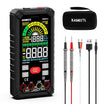

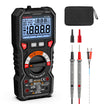
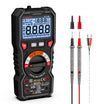

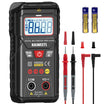
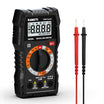
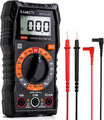
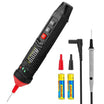
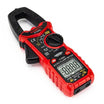
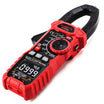
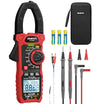
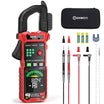

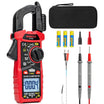

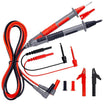
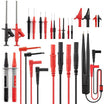



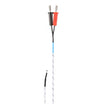




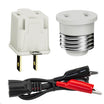
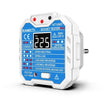
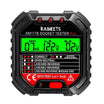
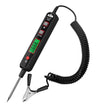
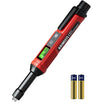

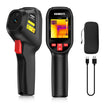

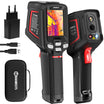


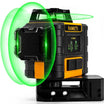







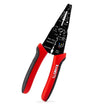





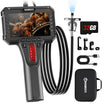
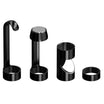




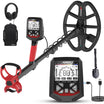

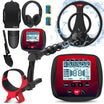


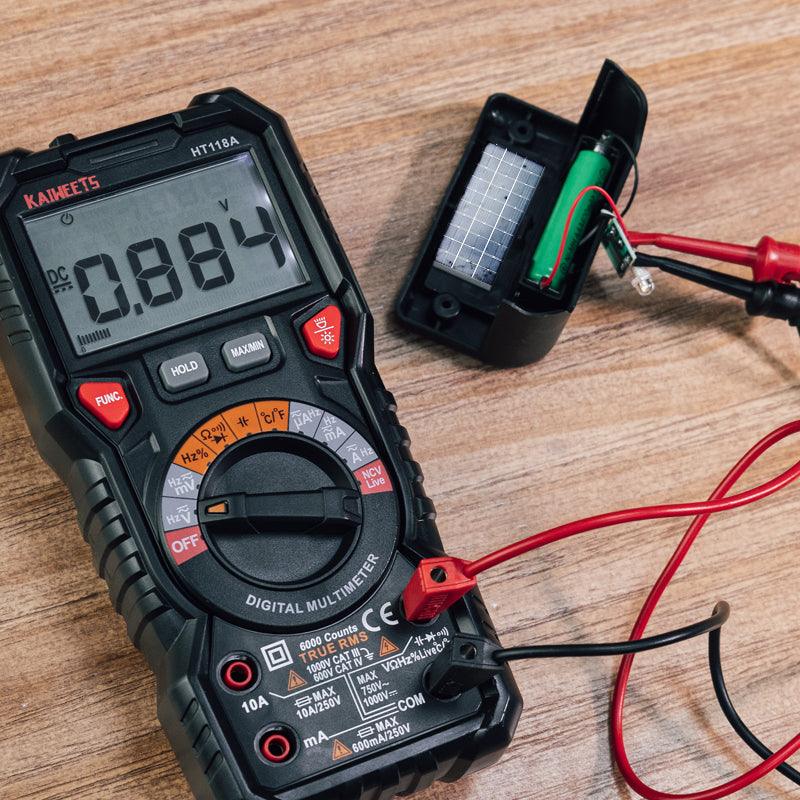
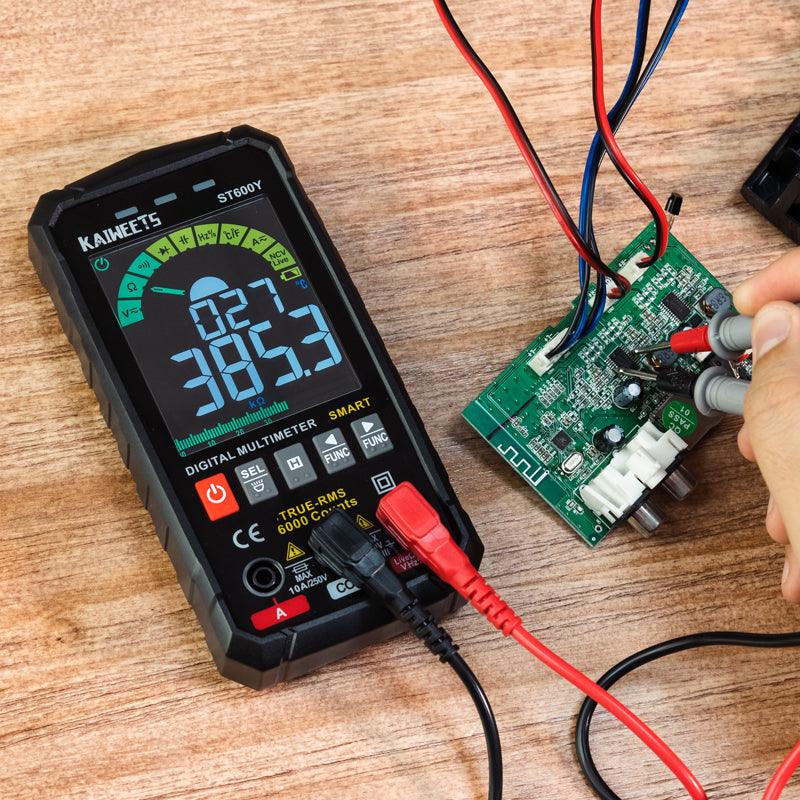
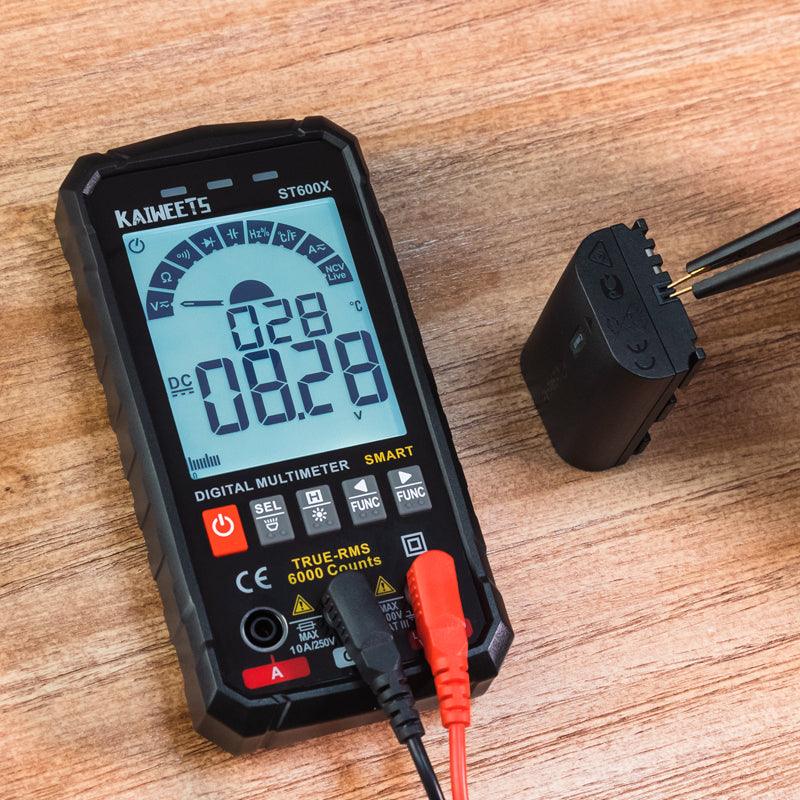
Dejar un comentario
Todos los comentarios se revisan antes de su publicación.
Este sitio está protegido por hCaptcha y se aplican la Política de privacidad de hCaptcha y los Términos del servicio.